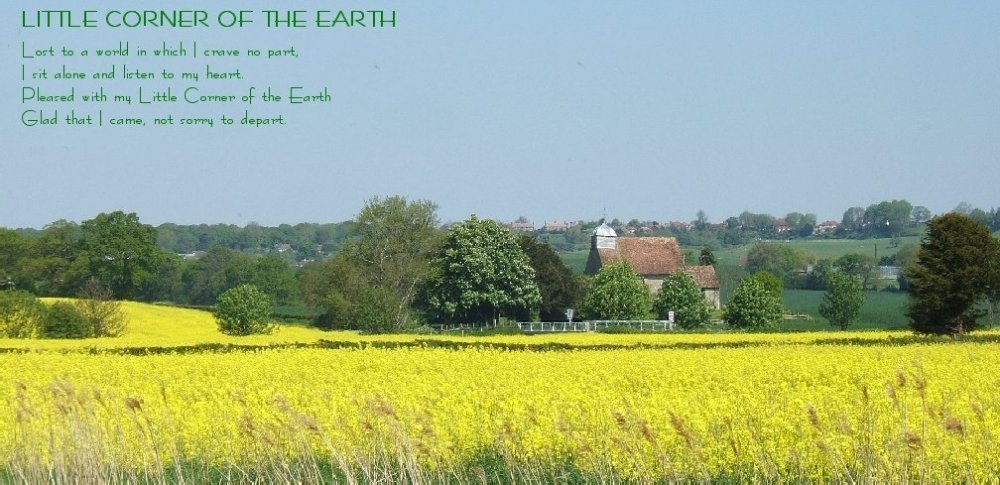
(Click any image to enlarge)
Many years ago I came across this photograph of a prehistoric Egyptian flint knife. It fascinated me. Yes, the carved ivory handle was exquisite, but it was the finely knapped blade which really held my attention. It is like the ripples of the sand on a sea shore - each groove carefully knapped by "pressure flaking". This I have since learnt - I originally thought that you just struck the flint with another to get the shape. We tend to think of "Stone Age" man as primitive, but within the limits of what they had to work with they were more artistic than most modern humans.
Anyway, because of this picture, flint tools have always engaged me - I once spent 3 hours at a historical re-enactment event sitting in full Roman armour watching a craftsman turn a lump of flint into a beautiful arrowhead. An interesting website on the subject can be seen here (view with sound on to hear a prehistoric instrument played).
My daughter knows my love of stone artifacts and told her friend Helen about it - this very relevant as you will see if you visit Helen's blog. Helen and partner Glenn spend their working lives prospecting, mining and working Australian gemstones, minerals and fossils and exhibit at craft fairs in Oz and the USA each year.
This year Helen saw an exhibition of stone knives, thought of me and asked if I would like her to buy one for me.

The result is this beautiful knife, 24 cm long and crafted from Mookaite a silicified siltstone from Mooka Creek, about 100 miles inland from Carnarvon, Western Australia. It arrived back here in England via my son after his travels to Oz. Stone from Australia, made into a knife which was bought in America, taken back to Oz and then flown to England - much travelled!
So - after seeing that picture of the Egyptian knife all those years ago, I now have this wonderfully tactile artifact of my very own. The veins in the stone are lovely and the edge would easily draw blood. Thank you for thinking of me, Helen (and if you read this - what is the wood stem that the handle is made from, please?)


16 comments:
Such a nice decoration for the craftsman's booth--you in Roman armour. I had to read that link several times before I made enough sense of it to understand the bit about dendrite trees.
Thank you for telling me about The Course of Honour! That was great. After I finished it I turned it back in and checked out The Jupitor Myth. Oh, here they don't have The Course of Honour, but The Course of Honor. I think it's just plain silly, and it also confuses me. Grumble.
Whatever they call it there, Vita, it's still a cracking read, what?
I think I have found out what the knife handle is made from - thanks to Granny J's latest post (see my links) it must be the stem of the Cholla cactus - what a co-incidence!
Both knives are beautiful. I love things like these, where the distinction between "art" and "utility" becomes irrelevant. Thanks for showing us these, Avus.
Both are beautiful and very tactile I would think.
Thankyou for the mention and the links. All so extremely interesting. I had no idea flintknapping was used in the building industry today.
It is lovely......and the history makes it extra special. I have a few such heirlooms, (being native american) that I would never part with. I do not know where they came from or when they were made, but they are wonderful. This belongs in a very special place of honor..... :)
I had to check out Glenn's site, because you know my love of rocks and gems and more rocks. haha I have loved them all my life, and I have passed that love on to both of my younger children. We have quite a collection....between the three of us. His site is under construction but many pretty rocks to look at.
Avus
I didn't realise how lovely a piece that knife was until you unwrapped it on our return from Oz. Very thoughtful lady, that Helen
Pete
Lovely workmanship in both pieces. You are right about looking like waves of sand.
Did you see any of the maori greenstone (pouanamu) hand-made tools - chisels, axes ... etc when you were over here?
Fine workmanship, those knives! Volcanic obsidian is a favored tool stone out here in Northern Arizona. It is a lovely glassy black & holds a very fine edge. Now to take a look at Glenn and Helen's sites.
Pohangina Pete:
the blurred distinction between "art" and "utility" - I like that!
HHnB:
Nice to hold - yes
Helen:
Yes - still a lot of flints knapped for house decoration and face-work over here.
Pete:
Re Helen - ain't she just!
Chief:
Don't get me going on pouanamu! I could have bought every piece I saw! (As it was my wife benefited to the extent of a brooch, ring and ear-rings)
Nea:
With native American blood I can well understand your love of similar artifacts - got any wampum?
Granny:
I can well imagine what a good edge volcanic obsidian has. I believe that the Mayans used to use such knives to cut out the hearts of human sacrifices!
Lovely thing - they don't go blunt like metal blades, do they?
Lucy: No they keep their edge, which is only lost by flaking. Having those little serrations creates a fine "saw" edge which would slice through hide and flesh easily.
A cut above the rest? I could see it doing some serious damage.
Post a Comment